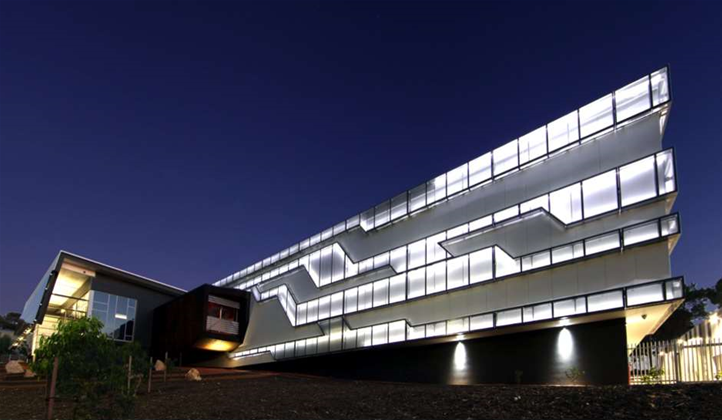The CSIRO has taken the first step in replacing a decommissioned high performance computing system within its Pawsey centre as part of a project that will eventually replace its Magnus supercomputer.

The new machine will replace the Fornax HPC that was switched off last year after three years of service.
Pawsey last year revealed the HPC would not have enough GPU resources to handle computational research requirements by mid-year, and was forced to make an extra 60,000 GPU hours available to researchers on the Zeus system instead.
The centre is now looking for a replacement for the decommissioned Fornax.
Along with helping to support radioastronomy from the 36-antenna Australian Square Kilometre Array Pathfinder (ASKAP) and Murchison Widefield Array (MWA) telescopes, the new HPC will be used for computationally-intensive research in fields like geoscience, nanotechnology and biotechnology.
The tender specifies that both the CPU and GPU nodes of the new cluster are to run either RedHat Enterprise Linux 7.2 or SUSE Linux Enterprise Server 12.1.
All of the CPU nodes are to have an identical specification based on at least one Intel Xeon Phi processor with a Knights Landing architecture, along with a minimum of 64 GB of ECC DDR memory.
Each of the GPU nodes are to feature at least two Nvidia Pascal GPUs, along with at least two host Power or Intel-x86 processors.
The system is to be ready for service by April 30 next year at the latest.
The CSIRO said it had a fixed budget of $1.5 million for the new system, with the three-year contract to include hardware, software licensing, maintenance, support, installation and commissioning.
The new HPC forms part of a program called the Advanced Technology Cluster, which is evaluating technologies to replace Pawsey’s Magnus supercomputer, a Cray XC40 machine that went live as a petascale system in September 2014 and runs 1488 compute nodes.
Pawsey is moving to replace Magnus ahead of the end of its support agreement with Cray in September 2018, and because research demand for supercomputer capacity is now significantly outstripping what the at-capacity supercomputer can provide.
In a bid to ease the processing and storage crunch, Pawsey implemented a new 1.7 petabyte Dell Lustre storage system earlier this year.
Over the longer term the federal government has flagged a new funding model for future upgrades at Pawsey and the National Computational Infrastructure.


_(20).jpg&h=140&w=231&c=1&s=0)
.png&h=140&w=231&c=1&s=0)

_(22).jpg&h=140&w=231&c=1&s=0)



_(26).jpg&w=100&c=1&s=0)

 iTnews Executive Retreat - Security Leaders Edition
iTnews Executive Retreat - Security Leaders Edition












_(1).jpg&h=140&w=231&c=1&s=0)



